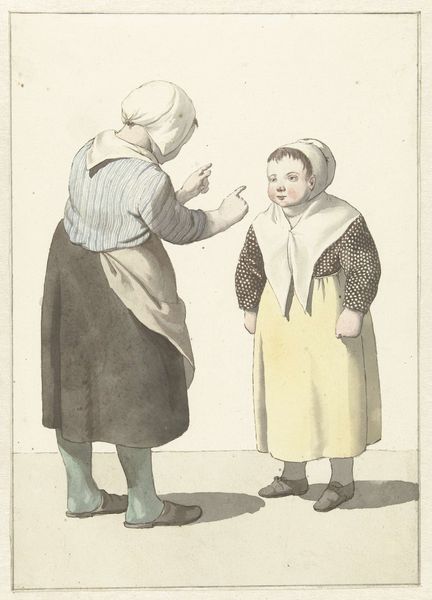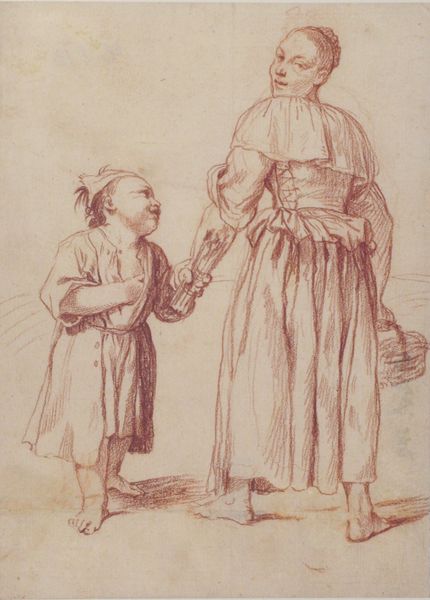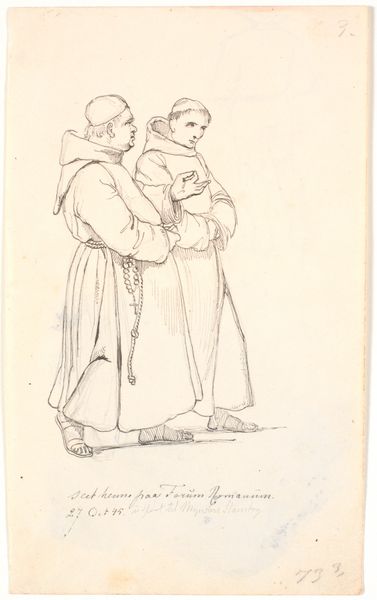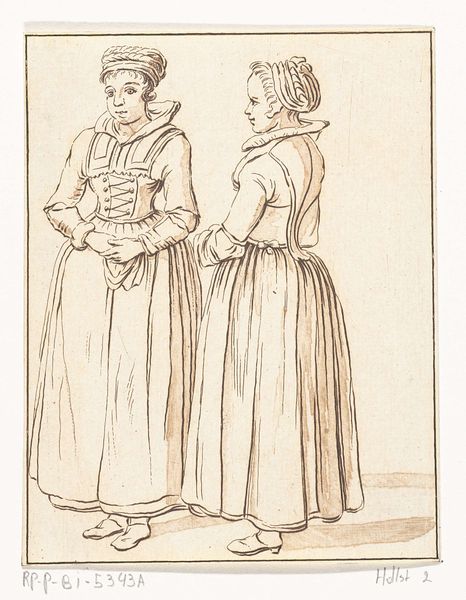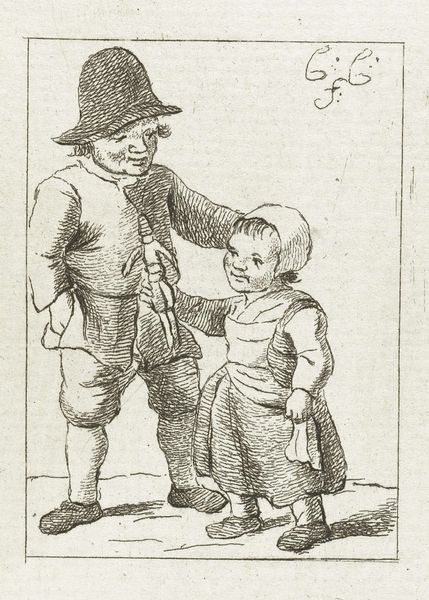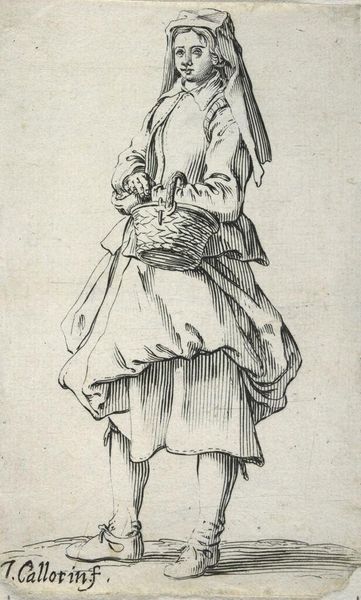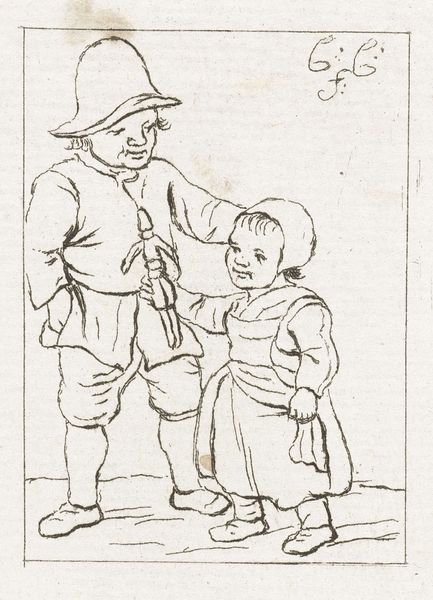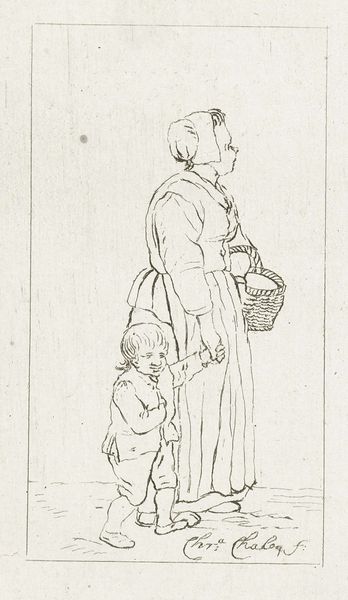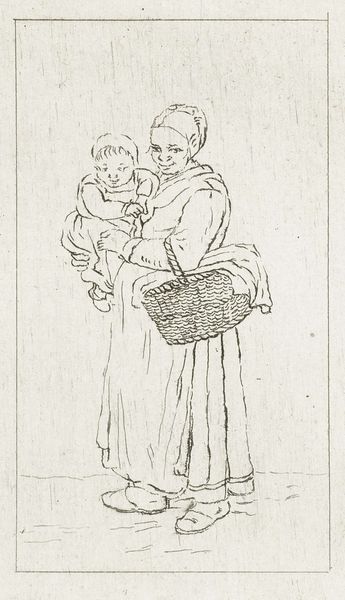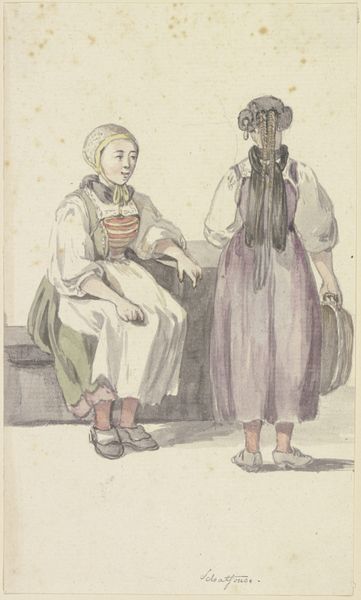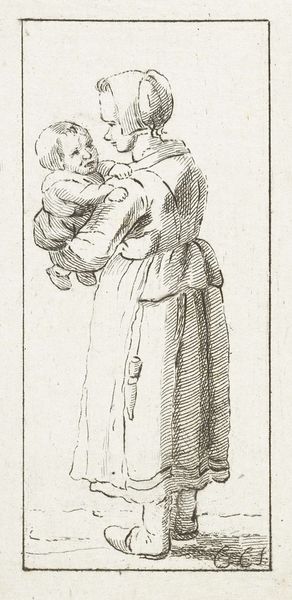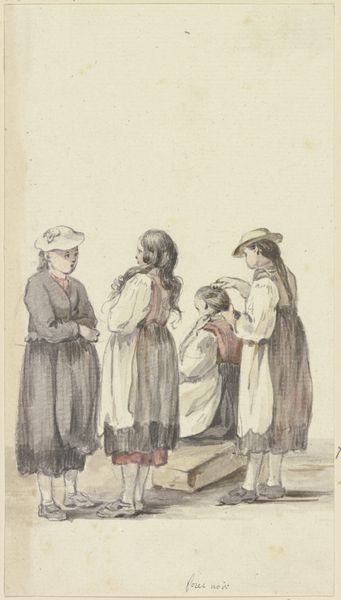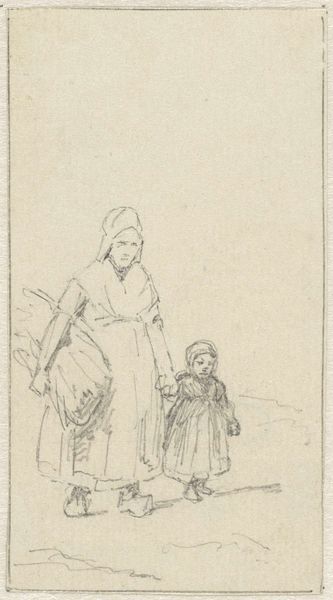
Copyright: Public Domain: Artvee
Wilhelm Marstrand created this study of a Swedish boy from Leksand using pencil and watercolor. It seems to capture a moment of everyday life among children of the rural working class. Marstrand was a leading figure in the Danish Golden Age, a period when the country experienced a surge of national romanticism. Artists turned to local landscapes and folk life for inspiration. The boy’s clothing and his origin in Leksand, a region known for its distinctive folk costumes, immediately place him within this cultural context. Marstrand’s work romanticizes the simple life of the common people. While seemingly innocent, it is also worth asking whether the artist, perhaps unconsciously, was contributing to the creation of a national identity. By researching Marstrand’s other works and the cultural context of 19th-century Scandinavia, we can better understand the social and political meanings embedded in this seemingly simple artwork.
Comments
No comments
Be the first to comment and join the conversation on the ultimate creative platform.
